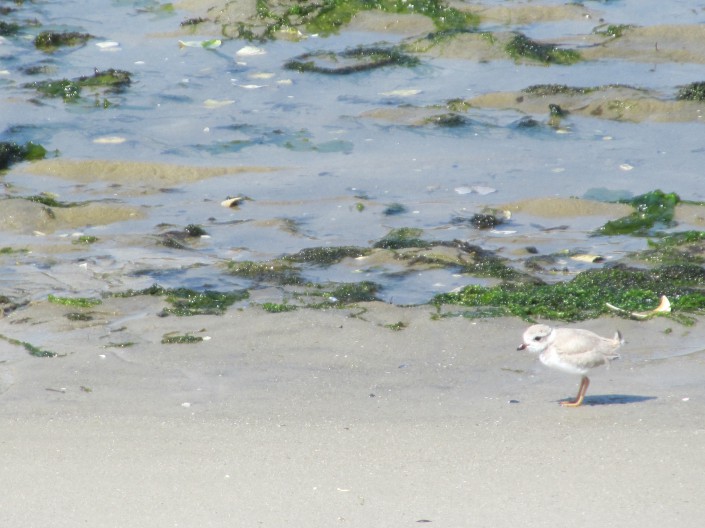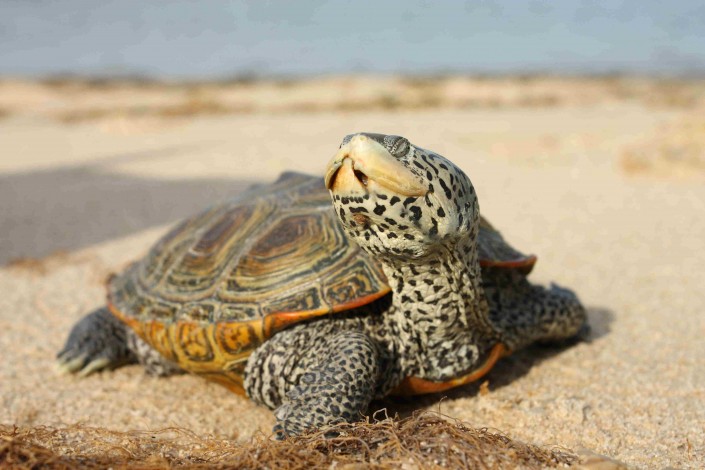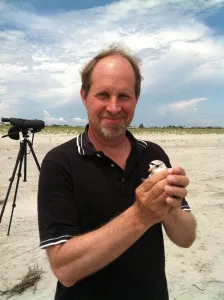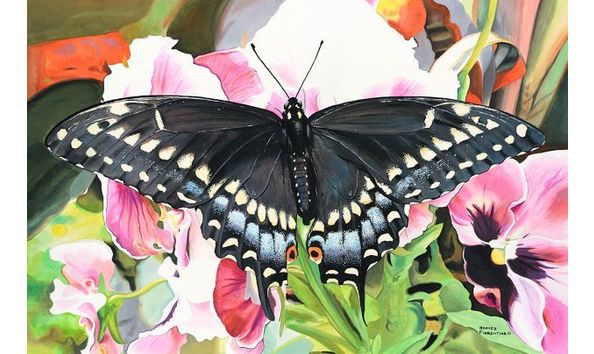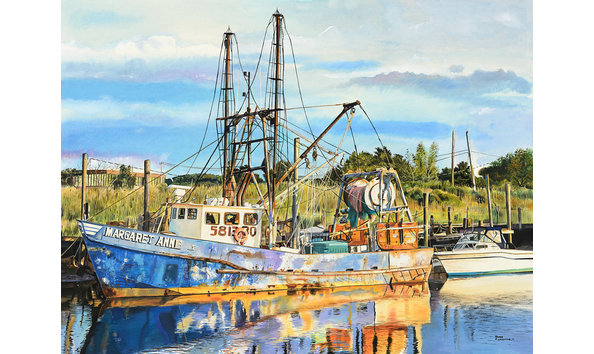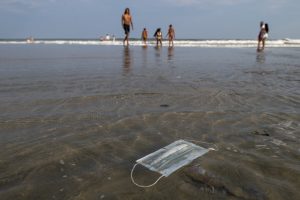Tracking The Mammals Of The Coast
by Meaghan Lyon

Beach goers are not the only ones that enjoy the sandy shores of New Jersey’s beaches. Wildlife like deer, fox, racoon, opossum, and skunk also make use of the beach and dunes. At the Sea Girt National Guard Training Center (NGTC), wildlife game cameras have been capturing images of the wildlife prowling in the dunes for the past two years. Conserve Wildlife Foundation has been contracted to monitor wildlife populations at the NGTC under an Integrated Natural Resource Management Plan.
Wildlife game cameras are a common tool used by biologists to observe mammals with very minimal disturbance to the animal itself. The cameras are installed along potential travel paths and dens sites to optimize sightings and when the camera senses movement it captures a series of images or video depending on the specified settings. Wildlife game cameras could also be valuable to homeowners who are curious to see what wildlife they have in their own backyard.
Another useful tool used when determining wildlife populations is tracking. At the NGTC, there are approximately 16 acres of sandy coastal habitat, including the dune and beach. Sand is an ideal substrate for reading tracks as it often provides a clear footprint or other evidence of many species that wander by.
Continue reading “Tracking The Mammals Of The Coast”